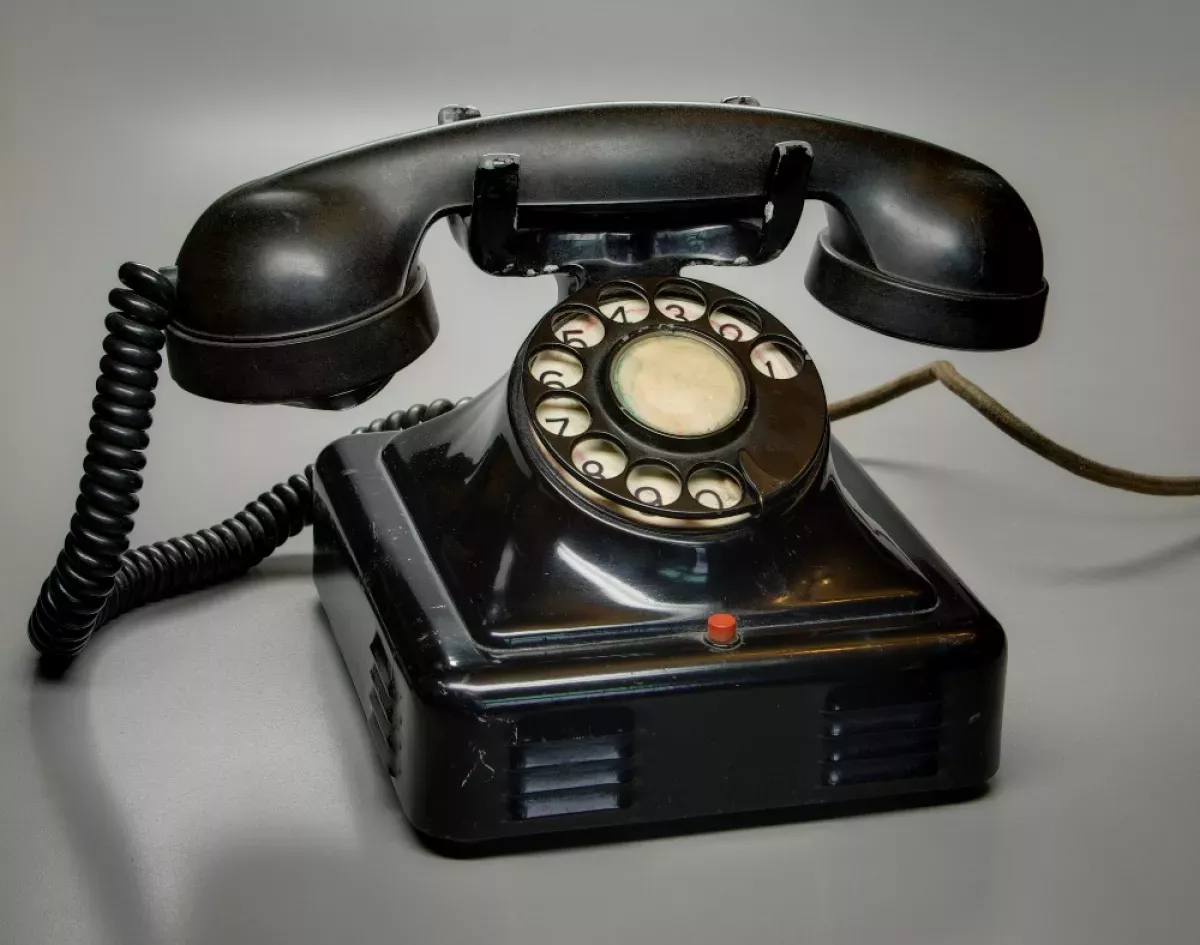A telephone, commonly called a phone, enables conversations between people too far apart to hear each other directly. It transforms sound, typically the human voice, into electronic signals transmitted through cables and other channels to another phone, which then reproduces the sound for the receiving user. The word "telephone" originates from Ancient Greek, meaning "distant voice".
1947: Invention of the Transistor
The invention of the transistor in 1947 revolutionized telephone systems and long-distance transmission networks. This paved the way for smaller, more efficient devices and the eventual shift towards digital telephony.
1963: Introduction of Touch-Tone Signaling
In 1963, American Telephone & Telegraph Company (AT&T) introduced Touch-Tone signaling using push-button telephones, a breakthrough technology that replaced rotary dials.
1973: Introduction of Hand-held Mobile Phones
In 1973, hand-held mobile phones were introduced for personal service, marking a significant step towards greater mobility in telecommunications.
1979: Appearance of Analog Cellular Networks
The first analog cellular networks appeared in 1979, marking the beginning of mobile phone networks as we know them today.
1980: Launch of Integrated Services Digital Network (ISDN)
In the 1980s, the Integrated Services Digital Network (ISDN) was launched, offering businesses and consumers digital access to data, voice, video, and fax services.
2002: Low Mobile Phone Usage
In 2002, only 10% of the global population used mobile phones, indicating the relatively early stage of mobile phone adoption.
January 2005: Rise of Internet Telephony
By January 2005, up to 10% of telephone subscribers in Japan and South Korea had adopted internet telephony, with predictions suggesting it was poised for significant growth.
2005: Increase in Mobile Phone Usage
By 2005, mobile phone usage had significantly increased to 46% of the global population, demonstrating the rapid growth of mobile technology.
2009: Global Telephone Subscribers
By the end of 2009, there were nearly 6 billion combined mobile and fixed-line telephone subscribers worldwide, comprising 1.26 billion fixed-line and 4.6 billion mobile subscribers.
October 2021: Global VoIP Market Value
In October 2021, the global VoIP market was valued at $85.2 billion, highlighting the substantial growth and impact of internet telephony.
2022: Smartphones as Personal Computing Devices
In 2022, most mobile phones were smartphones, integrating personal computing capabilities into the same device and relying heavily on touch screen interfaces and voice user interfaces.
2026: Projected Global VoIP Market Value
The global VoIP market was projected to reach $102.5 billion by 2026, indicating continued growth and adoption of internet telephony.
Mentioned in this timeline

Google LLC is a multinational technology company specializing in online...

An apple is a widely cultivated edible fruit originating in...
Japan is an East Asian island country situated in the...
Korea is a peninsular region in East Asia comprised of...
South Korea officially the Republic of Korea occupies the southern...

AT T Inc is a leading American multinational telecommunications holding...
Trending
7 months ago Knicks' playoff watch parties move to Radio City, boosting NYC businesses during slump.
24 days ago New handbag, dishes, snacks, drinks, and holiday mocktails appear at Disney Springs.

19 days ago Barcelona and Atletico Madrid Clash in La Liga: Updates and Key Players

6 months ago Car crashes in Seneca Falls injure one on Route 89, Lake Road incident.

8 months ago Dollywood's Spring Flower and Food Festival blooms; Dolly Parton tribute highlights park events.

3 months ago Ina Garten's Viral Chicken, Kitchen Tips, and Enduring Relationship with Husband Jeffrey.
Popular

Candace Owens is an American conservative political commentator and author...

Tucker Carlson is an American conservative political commentator known for...

XXXTentacion born Jahseh Dwayne Ricardo Onfroy was a controversial yet...

Ben Shapiro is a prominent American conservative political commentator media...

William Franklin Graham III commonly known as Franklin Graham is...

Bill Gates an American businessman and philanthropist revolutionized personal computing...
